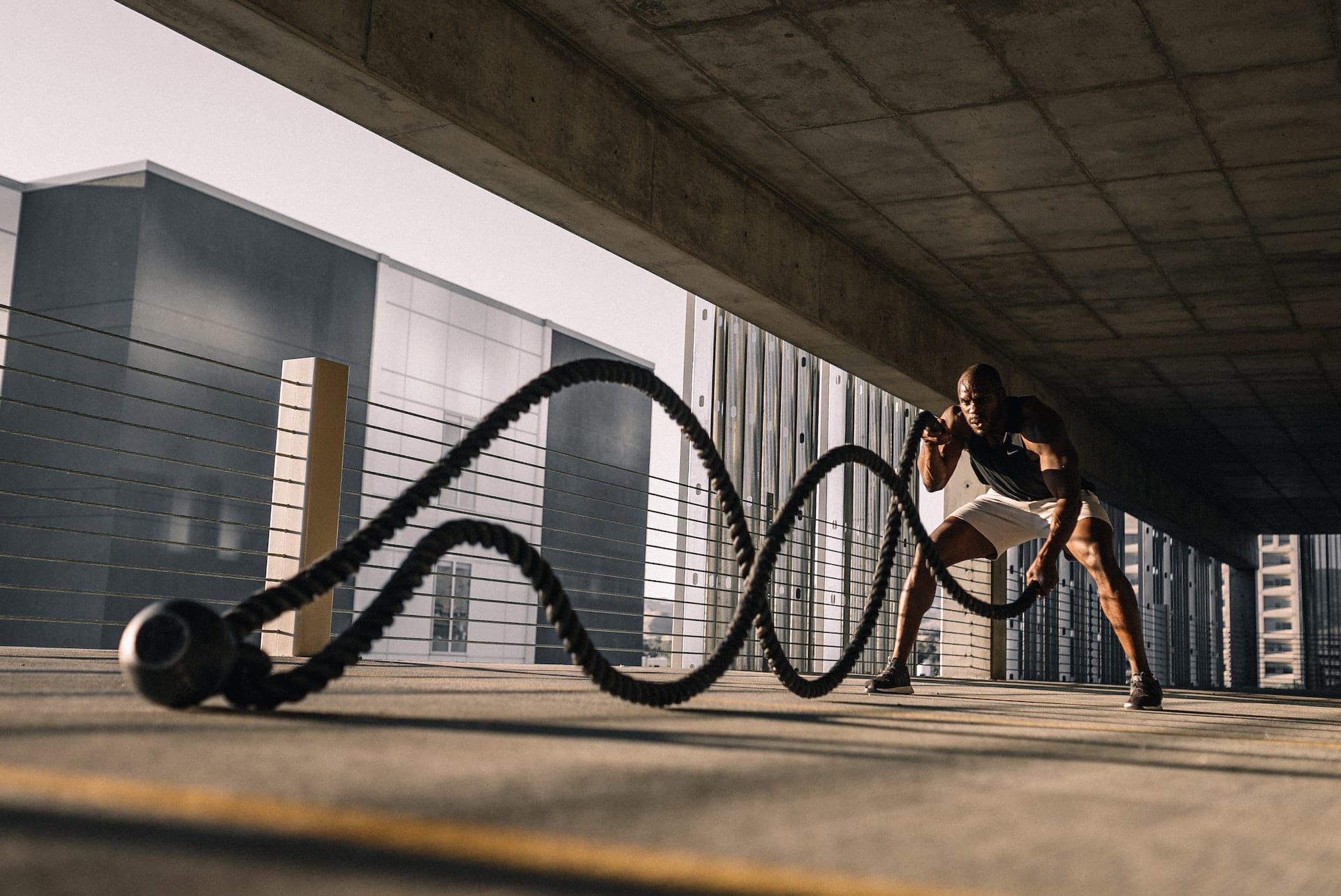
Workouts are a great way to strengthen your body and maintain proper muscle tone. However, there are times when after a workout, especially an intense one, you feel discomfort, sometimes severe enough that you can’t lift yourself out of bed or climb the stairs. What to do then? How can you help yourself? Learn proven ways to treat post-workout muscle soreness!
Relieve the symptoms of DOMS, or delayed post-workout muscle soreness, with foods rich in antioxidants, first of all watermelon, which contains citrulline. This non-protein amino acid helps reduce soreness and accelerate muscle recovery. Pineapples, ginger rhizome and cherry juice also have strong anti-inflammatory properties.
The curcumin contained in the perennial herb has analgesic and anti-inflammatory effects. It also has strong antioxidant properties. Curcumin promotes faster muscle recovery after strenuous exercise. Analogous effects are shown by Omega-3 fats and cod liver oil.
In 2017, a study was conducted that proved that milk-based protein nutrients remove pain caused by micro-damage to muscles and connective tissue, including from overly intense training. Protein nutrients in concentrate or isolate form contain 40 to as much as 90% milk proteins. Milk proteins consumed in the form of nutrients not only reduce DOMS symptoms, but also prevent them.
You can also prevent the feeling of discomfort by providing warmth to your muscles immediately after your workout. You can apply a towel wetted in warm water to your body, use a thermos, or even better: indulge in a warming bath. If you opt for a bathtub, add a little Epsom salt to your bath, which relieves inflammation and pain caused by too much training. Such a bath will not only relieve pain, but also affect your mood.
It turns out that cold compresses are equally helpful in removing post-workout muscle soreness. Cold compresses eliminate swelling and calm the nervous system. Use bags of ice or frozen products. However, avoid direct contact of ice with the skin. If your body is up to it, soak in a tub of cold water.
Self-massage is also good for soreness, reducing muscle pain and improving flexibility. All you need to do is put a roller under the sore area and perform longitudinal rolling. Or you can always use the services of a massage therapist to loosen up sore areas and get them working again. You will achieve the greatest effectiveness if you undergo a massage no later than two days after training.
Muscle soreness should not be a reason not to continue exercising. DOMS is a normal bodily response to stress that your body needs to adapt to. If you don’t abandon exercise and keep up the intensity, you can be sure that once the pains subside, they won’t return. However, if they are so severe that you can’t exercise as before, slow down a bit, reduce the load, or for 2-3 days do exercises aimed at developing other muscle parts.
After a workout, the body needs relaxation and relaxation exercises to even out breathing and calm the heart rate. Calm exercise after a workout will give your muscles an uninterrupted blood supply to remove lactic acid and prevent sourness. Instead of exercising, you can go for a walk or jog on a treadmill for 10 minutes at a brisk pace.
main photo: unsplash.com/Karsten Winegeart